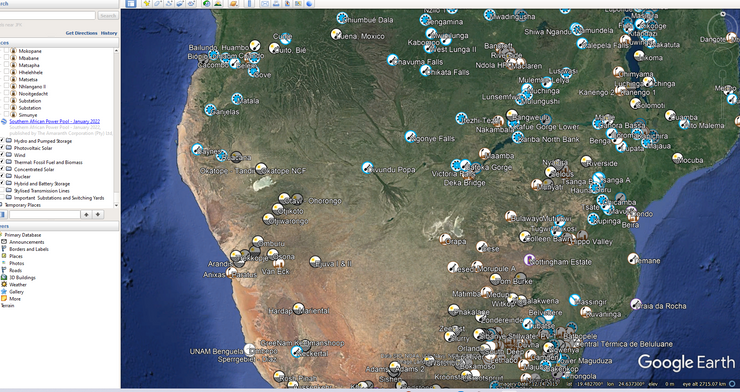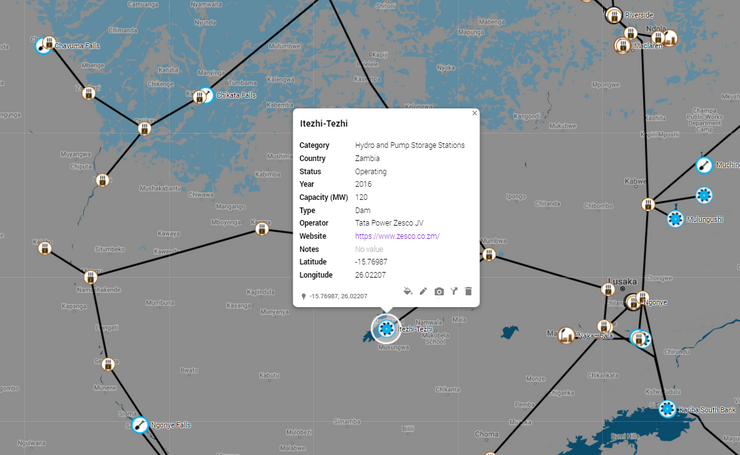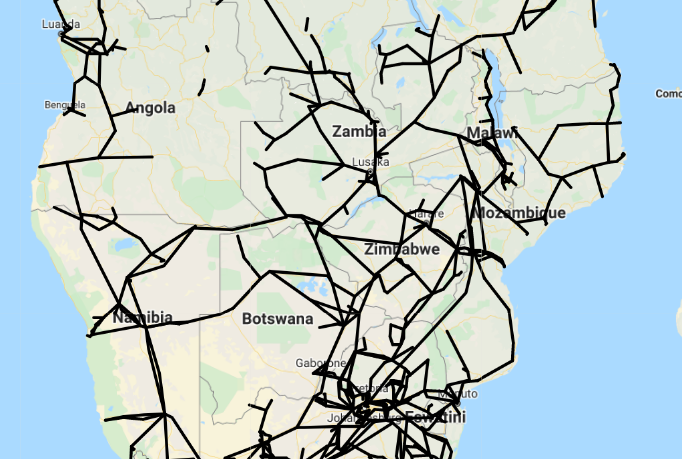- The purpose of the Southern African Power Pool (SAPP) was to create a common electrical grid and a common electrical market for the region.
- The SAPP covers SA, Lesotho, Namibia, Botswana, Zimbabwe, Eswatini, Mozambique, Tanzania, Zambia and Angola and was established back in 1995.
All the countries of the SAPP have significantly reformed and restructured their electrical markets in the last 26 or so years – and most countries have improved their transmission and distribution systems and introduced Independent Power Producers into the generating mix.
The trading of electricity between those members already connected to the common grid is now commonplace. Plans are in place to connect the remaining three isolated countries of Malawi, Tanzania and Angola.
Mining consultant service provider, AmaranthCX, received many queries for more information on new generating projects from the users of its mining focused maps. The Southern African Power Pool: January 2022 map is the result.

The map includes a detailed list of substations. Image credit: AmaranthCX
The map includes:
- 775 important electrical substations – with over 90% named
- 108 hydroelectric and pumped storage plants
- 76 solar PV farms
- 40 wind farms
- 85 fossil fuel and biomas thermal power stations
- 6 concentrated solar plants
- and 1 each of nuclear and hybrid power plants
- All linked together by 1 159 major existing and proposed transmission and relevant distribution lines (stylised) across the member countries of the SAPP.

Each power plant icon includes additional information and, where available, a link to the plant operator’s website. Image credit: AmaranthCX












